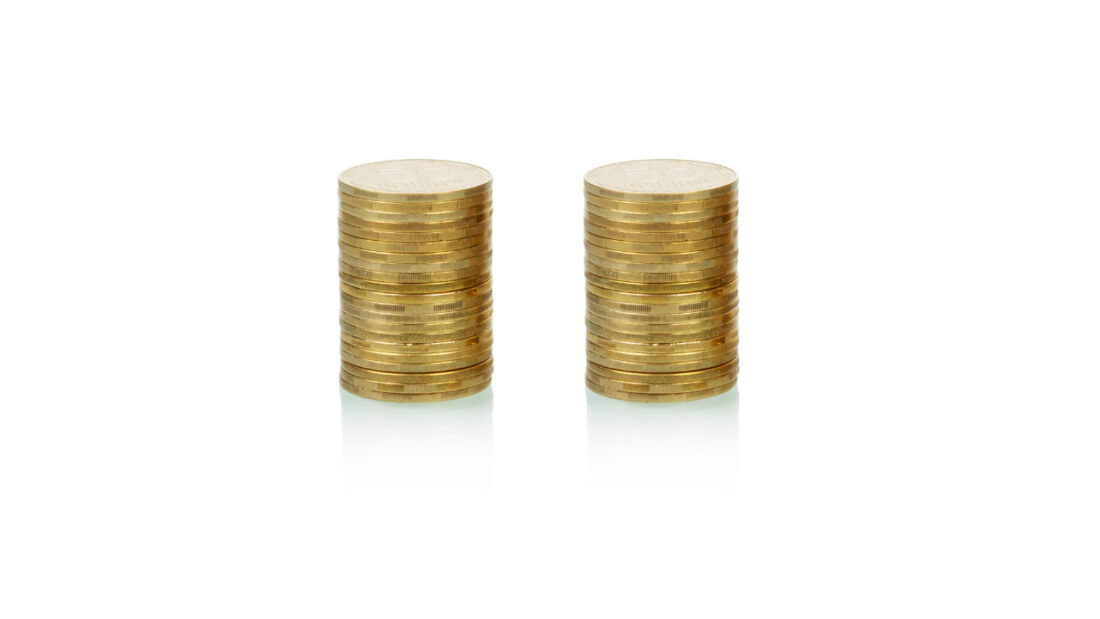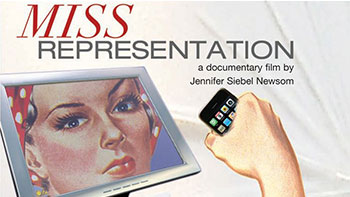WNBA star and two-time Olympic gold medalist Brittney Griner has spent months in the headlines throughout her 294-day detainment in Russia. With Griner finally home after a prisoner exchange, attention is now being given to the conditions that precipitated her imprisonment in the first place. One such condition is the extreme wage gap between women athletes and their men counterparts. With Griner’s homecoming on our minds, let’s honor her fight by taking a closer look at the pay inequity woman athletes face, especially in the WNBA.
Across the most popular sports in the United States one constant remains: women athletes earn less than men athletes, in some leagues by a significant margin (as is the case with the WNBA and the NBA).This season, the average base salary in the NBA is $5.4 million dollars. The average base salary in the WNBA? $120,600. While that salary is certainly greater than the median income for women in the United States, it is also 44 times less than the NBA’s base salary. For context, women earn an average of $0.83 to every dollar earned by white men in the United States. If the WNBA base salary was $0.83 to every dollar of the NBA base salary, it would be over $4.4 million.
The difference in compensation between WNBA and NBA athletes is stark –and as a result, many of the women athletes often supplement their income by playing overseas, just as Griner did and has done for years. Early on in Griner’s imprisonment, Nneka Ogwumike, the head of the WNBA players union, emphasized this fact: “We go over there to supplement our incomes, and quite frankly, we go over there to maintain our game.” Other professional players like Sue Bird and Diana Taurasi have also spoken up and echoed this sentiment.
Pay (in)equity and lack of investment in women’s sports is at the heart of Brittney Griner’s story. Some may argue a difference in league revenue justifies a difference in player salary, but that framing misrepresents what women athletes are asking for. For instance, the NBA has a roughly 50-50 revenue split agreement that covers basketball-related income such as merchandise sales. WNBA players are still fighting for a fair portion of their own merch revenue. As Las Vegas Aces player Kelsey Plum shared in a recent interview, “We’re not asking to be paid what the men get paid. We’re asking to get paid the same percentage of revenue.”
Rampant gender disparity in sports is not limited to professional leagues. A recent audit into the NCAA found that women’s college basketball was undervalued and treated unfairly compared to men’s teams. As our #RespectHerGame campaign showed us, there’s a real need for society to step up and advocate for women athletes who are mistreated by both the sports industry and the media. Women’s sports receive less than 4% of sports coverage in the United States. With this in mind, there is certainly room for women’s sports to grow and flourish–just as there is certainly money for women athletes to be paid fairly.
Take Action! Show your support for women’s sports by watching/attending games and buying branded merchandise. Call out unfair treatment with #RespectHerGame.




